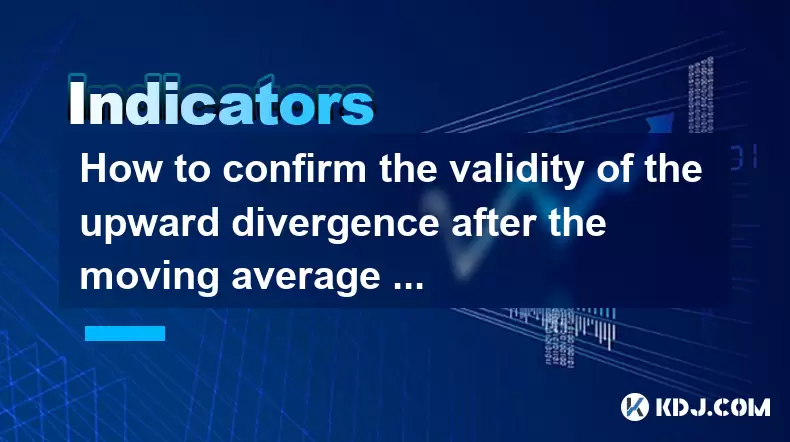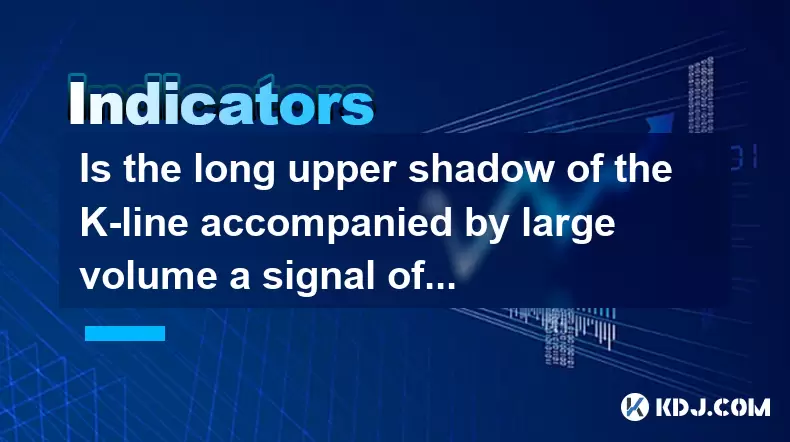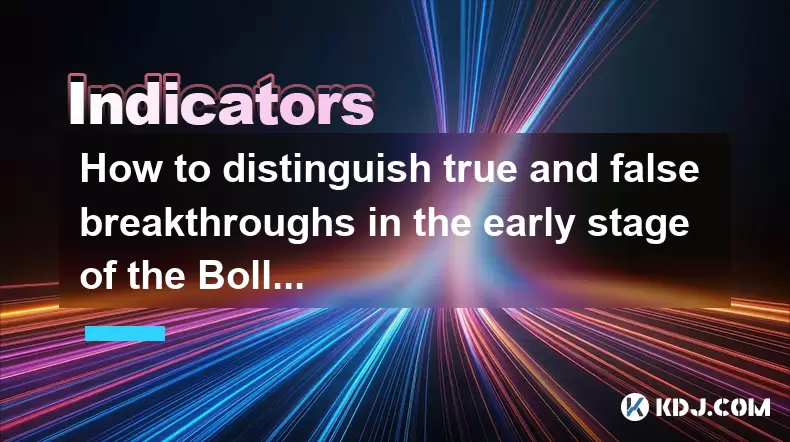-
 Bitcoin
Bitcoin $106,754.6083
1.33% -
 Ethereum
Ethereum $2,625.8249
3.80% -
 Tether USDt
Tether USDt $1.0001
-0.03% -
 XRP
XRP $2.1891
1.67% -
 BNB
BNB $654.5220
0.66% -
 Solana
Solana $156.9428
7.28% -
 USDC
USDC $0.9998
0.00% -
 Dogecoin
Dogecoin $0.1780
1.14% -
 TRON
TRON $0.2706
-0.16% -
 Cardano
Cardano $0.6470
2.77% -
 Hyperliquid
Hyperliquid $44.6467
10.24% -
 Sui
Sui $3.1128
3.86% -
 Bitcoin Cash
Bitcoin Cash $455.7646
3.00% -
 Chainlink
Chainlink $13.6858
4.08% -
 UNUS SED LEO
UNUS SED LEO $9.2682
0.21% -
 Avalanche
Avalanche $19.7433
3.79% -
 Stellar
Stellar $0.2616
1.64% -
 Toncoin
Toncoin $3.0222
2.19% -
 Shiba Inu
Shiba Inu $0.0...01220
1.49% -
 Hedera
Hedera $0.1580
2.75% -
 Litecoin
Litecoin $87.4964
2.29% -
 Polkadot
Polkadot $3.8958
3.05% -
 Ethena USDe
Ethena USDe $1.0000
-0.04% -
 Monero
Monero $317.2263
0.26% -
 Bitget Token
Bitget Token $4.5985
1.68% -
 Dai
Dai $0.9999
0.00% -
 Pepe
Pepe $0.0...01140
2.44% -
 Uniswap
Uniswap $7.6065
5.29% -
 Pi
Pi $0.6042
-2.00% -
 Aave
Aave $289.6343
6.02%
How to confirm the validity of the upward divergence after the moving average sticks together?
When moving averages converge and upward divergence is confirmed by volume, price action, and momentum indicators, it may signal a strong bullish reversal.
Jun 21, 2025 at 01:36 am

Understanding the Basics of Moving Averages and Divergence
In technical analysis, moving averages are crucial tools used to smooth out price data over a specified time period. When multiple moving averages converge or "stick together," it often indicates a consolidation phase in the market. This phenomenon can be a precursor to significant price movements. However, identifying whether an upward divergence is valid after such a convergence requires deeper scrutiny.
Divergence occurs when the price of an asset moves in one direction while an oscillator or indicator moves in the opposite direction. Specifically, upward divergence suggests that even though the price is making lower lows, momentum indicators like RSI or MACD are making higher lows, potentially signaling a reversal from a downtrend to an uptrend.
Recognizing the Significance of Moving Average Convergence
When moving averages stick together—such as the 50-day, 100-day, and 200-day lines aligning closely on a chart—it often signals indecision among traders. During this phase, the price typically trades within a tight range. The key lies in observing what happens once the price breaks out of this consolidation zone.
To assess the validity of upward divergence during this stage, traders should look for confirmation signals. These include:
- Volume spikes accompanying the breakout
- Price closing above resistance levels
- Momentum oscillators confirming the move with rising values
It’s essential to ensure that these signals occur simultaneously to increase confidence in the divergence being genuine rather than a false signal.
Evaluating Momentum Indicators for Confirmation
The role of momentum indicators becomes critical when confirming upward divergence post-moving average convergence. Tools like the Relative Strength Index (RSI) and Moving Average Convergence Divergence (MACD) provide insights into underlying buying pressure.
For RSI:
- Look for the indicator forming higher lows while the price continues to make lower lows
- Ensure that RSI does not enter overbought territory prematurely, which might invalidate the divergence pattern
For MACD:
- Watch for bullish crossovers where the MACD line crosses above the signal line
- Confirm that the histogram is expanding, indicating increasing bullish momentum
Traders should avoid relying solely on one indicator. Combining multiple tools helps filter out noise and increases the probability that the observed divergence is valid.
Applying Price Action Analysis for Validation
Beyond technical indicators, analyzing raw price action is vital in confirming the legitimacy of upward divergence following moving average convergence. Candlestick patterns, support/resistance levels, and trendline breaks play a pivotal role in this process.
Key elements to monitor include:
- Breakout candles that close decisively above key resistance zones
- Bullish engulfing patterns forming near support levels
- Volume surges during breakouts, suggesting strong participation
Additionally, traders should pay attention to how price reacts after breaking out. If the price pulls back but finds support at the moving average cluster, it reinforces the strength of the upward movement and supports the validity of the divergence.
Utilizing Timeframe Analysis for Enhanced Accuracy
Analyzing multiple timeframes is another effective method to validate upward divergence after moving average convergence. While a daily chart might show promising signs, checking the weekly or 4-hour charts can offer additional context.
On higher timeframes:
- Confirm if long-term moving averages are also aligning
- Check for historical support/resistance levels coinciding with current price
On lower timeframes:
- Look for early signs of institutional buying through volume profile analysis
- Identify micro divergences that may foreshadow larger moves
By cross-referencing signals across different timeframes, traders can significantly reduce the risk of acting on false divergences and improve their decision-making accuracy.
Frequently Asked Questions
What is the difference between regular bullish divergence and upward divergence after moving average convergence?
Regular bullish divergence occurs when the price makes lower lows while the oscillator makes higher lows, without any specific condition regarding moving averages. Upward divergence after moving average convergence specifically refers to this same pattern occurring when multiple moving averages are tightly clustered, indicating a potential breakout phase.
Can I rely solely on moving averages to confirm upward divergence?
No, moving averages alone cannot confirm divergence. They help identify consolidation phases but must be used alongside momentum oscillators and price action analysis to determine whether the divergence is valid.
How long should I wait before confirming the validity of upward divergence?
There's no fixed time frame. Traders should look for immediate confirmation through breakout candles, increased volume, and momentum readings. Waiting for two to three candlesticks beyond the divergence point can enhance reliability.
Is upward divergence more reliable in certain cryptocurrencies compared to others?
Upward divergence works across all liquid assets, including cryptocurrencies. However, its effectiveness may vary depending on the trading volume and volatility of the specific cryptocurrency. High-volume coins like Bitcoin and Ethereum tend to produce more reliable signals due to stronger participation and clearer patterns.
Disclaimer:info@kdj.com
The information provided is not trading advice. kdj.com does not assume any responsibility for any investments made based on the information provided in this article. Cryptocurrencies are highly volatile and it is highly recommended that you invest with caution after thorough research!
If you believe that the content used on this website infringes your copyright, please contact us immediately (info@kdj.com) and we will delete it promptly.
- Seed Phrase, Self Custody, and Liability: Are You Really Your Own Bank?
- 2025-06-21 04:25:11
- Bitcoin Demand Dries Up: Capital Exits and Market Indecision
- 2025-06-21 04:25:11
- Ripple, RLUSD, and Alchemy Pay: A New Era of Crypto Accessibility
- 2025-06-21 04:45:12
- Bitcoin, Quantum Computers, and Cryptography: Navigating the Post-Quantum Landscape in NYC
- 2025-06-21 04:45:12
- Coinbase's Luxembourg Leap: MiCA License Secured, Europe Domination in Sight!
- 2025-06-21 05:05:12
- Staked Ether, Corporate Crypto, and Finance Adoption: A New York Minute
- 2025-06-21 02:45:13
Related knowledge

Does the sudden contraction of ATR indicate the end of the trend?
Jun 20,2025 at 11:14pm
Understanding ATR and Its Role in Technical AnalysisThe Average True Range (ATR) is a technical indicator used to measure market volatility. Developed by J. Welles Wilder, ATR calculates the average range of price movement over a specified period, typically 14 periods. It does not indicate direction—only volatility. Traders use ATR to gauge how much an ...

Is the trend continuation when the Williams indicator is oversold but there is no rebound?
Jun 20,2025 at 11:42pm
Understanding the Williams %R IndicatorThe Williams %R indicator, also known as the Williams Percent Range, is a momentum oscillator used in technical analysis to identify overbought and oversold levels in price movements. It typically ranges from 0 to -100, where values above -20 are considered overbought and values below -80 are considered oversold. T...

Is the golden cross of the ROC indicator below the zero axis effective?
Jun 20,2025 at 09:42pm
Understanding the ROC Indicator and Its Role in Cryptocurrency TradingThe Rate of Change (ROC) indicator is a momentum oscillator widely used by traders to assess the speed at which cryptocurrency prices are changing. It measures the percentage difference between the current price and the price from a certain number of periods ago. The ROC helps identif...

How to confirm the validity of the upward divergence after the moving average sticks together?
Jun 21,2025 at 01:36am
Understanding the Basics of Moving Averages and DivergenceIn technical analysis, moving averages are crucial tools used to smooth out price data over a specified time period. When multiple moving averages converge or 'stick together,' it often indicates a consolidation phase in the market. This phenomenon can be a precursor to significant price movement...

Is the long upper shadow of the K-line accompanied by large volume a signal of peaking?
Jun 21,2025 at 12:28am
Understanding the Long Upper Shadow K-LineThe long upper shadow of a K-line is a common candlestick pattern that often appears during price action analysis. It consists of a small real body with a long upper wick, indicating that the price rose significantly during the period but was ultimately rejected and closed lower than its high. This pattern can s...

How to distinguish true and false breakthroughs in the early stage of the Bollinger Band opening?
Jun 20,2025 at 10:35pm
Understanding the Bollinger Band StructureBollinger Bands consist of three lines: a simple moving average (SMA) in the middle, and two outer bands that are standard deviations away from the SMA. These bands expand and contract based on market volatility. When the bands begin to widen, it often signals an increase in price volatility, which traders inter...

Does the sudden contraction of ATR indicate the end of the trend?
Jun 20,2025 at 11:14pm
Understanding ATR and Its Role in Technical AnalysisThe Average True Range (ATR) is a technical indicator used to measure market volatility. Developed by J. Welles Wilder, ATR calculates the average range of price movement over a specified period, typically 14 periods. It does not indicate direction—only volatility. Traders use ATR to gauge how much an ...

Is the trend continuation when the Williams indicator is oversold but there is no rebound?
Jun 20,2025 at 11:42pm
Understanding the Williams %R IndicatorThe Williams %R indicator, also known as the Williams Percent Range, is a momentum oscillator used in technical analysis to identify overbought and oversold levels in price movements. It typically ranges from 0 to -100, where values above -20 are considered overbought and values below -80 are considered oversold. T...

Is the golden cross of the ROC indicator below the zero axis effective?
Jun 20,2025 at 09:42pm
Understanding the ROC Indicator and Its Role in Cryptocurrency TradingThe Rate of Change (ROC) indicator is a momentum oscillator widely used by traders to assess the speed at which cryptocurrency prices are changing. It measures the percentage difference between the current price and the price from a certain number of periods ago. The ROC helps identif...

How to confirm the validity of the upward divergence after the moving average sticks together?
Jun 21,2025 at 01:36am
Understanding the Basics of Moving Averages and DivergenceIn technical analysis, moving averages are crucial tools used to smooth out price data over a specified time period. When multiple moving averages converge or 'stick together,' it often indicates a consolidation phase in the market. This phenomenon can be a precursor to significant price movement...

Is the long upper shadow of the K-line accompanied by large volume a signal of peaking?
Jun 21,2025 at 12:28am
Understanding the Long Upper Shadow K-LineThe long upper shadow of a K-line is a common candlestick pattern that often appears during price action analysis. It consists of a small real body with a long upper wick, indicating that the price rose significantly during the period but was ultimately rejected and closed lower than its high. This pattern can s...

How to distinguish true and false breakthroughs in the early stage of the Bollinger Band opening?
Jun 20,2025 at 10:35pm
Understanding the Bollinger Band StructureBollinger Bands consist of three lines: a simple moving average (SMA) in the middle, and two outer bands that are standard deviations away from the SMA. These bands expand and contract based on market volatility. When the bands begin to widen, it often signals an increase in price volatility, which traders inter...
See all articles

























































































